Shimshal Road - Equally as Formidable On Our Return Journey...
Despite a very cold night and no electricity nor running water, we somehow, managed a good night's sleep at our Shimshal Guest House. We are devout morning shower people and don't feel we are alive until we have had a hot shower and washed our hair. There was however not a lot of body or hair washing we could do without any water at all so we dressed quickly, and feeling decidedly grotty, made our way to the guest house dining room.
When we arrived Jan and Iqbal were chatting with our friendly host Hasil Shah who cooked us a breakfast of omelettes and chapattis, which we washed down with a few mugs of steaming hot coffee. I trusted it had been cold enough not to worry about the unrefrigerated milk.
Our destination for the day was the return journey along the perilous Shimshal Jeep Road back to the Karakoram Highway, leaving the Gojal Valley Area and heading south through the Hunza Valley to the town of Karimabad where we would meet our next driver and old friend Khaja, who would take us onto our Eagle's Nest Hotel at Duikar.
Iqbal was agitated. According to Jan, he was keen to leave Shimshal as soon as possible as he was particularly concerned about a section of the road, about 30 minutes drive out of the valley which was subject to sudden flooding and washaways from the nearby Kazghil Glacier. From our experiences in Mongolia, these swift flowing snow fed streams can rise at an alarmingly rapid pace, and given the nature of the Shimshal Road and its mind boggling drops to the gorge below, we were more than happy to get going. And we knew that if the situation worried Iqbal, then it really was a serious concern....
We waved goodbye to our friend Hasil Shah and as our friend and bizarre little guest house merged into the misty distance, I experienced a strange gnawing sadness. After our visit in 2009, we had never thought we would have the opportunity to return to this isolated little settlement. And perhaps you could wonder why we would ever want to. After all, the accommodation had been less than basic and we were not even able to meet up with local people. We were however very much aware that we had been given - not one opportunity of a life time - but now two...
As we drove out of the village and onto the Shimshal Road, two friendly young men and a head scarved young woman passenger seated on a rather smart looking tractor and trailer waved to us. Driving behind, we reflected on the fact that the first ever tractor to Shimshal had arrived hanging precariously from a helicopter as recently as 1968 - just after the first pony road was opened from Passu to Shimshal. Before then the village people had not even seen a tractor. Life had changed so much for the better for the Shimshalis - but it was still a frighteningly hostile and fragile existence.
The morning was bitterly cold and ominously overcast. Heavy mist shrouded the surrounding mountains and we could only just see the ancient walking trails still etched precariously into the steep scree slopes. The once impressive alluvial fans became dark scars on the mountains, looking more menacing and unstable as the clouds blotted out a pale morning sun.
Iqbal was right. A slightly warmer night (not that we realised it..) had melted a lot more of the Kazghil glacier and by the time we reached its path, the melted snow stream was a wild and rapidly flowing river, dumping substantial boulders and large gravel deposits right across the jeep road, before becoming its own glorious waterfall, cascading into the Shimshal Gorge some 500 metes below. And despite what for us was a terrifying journey the day before, it was the first time we had seen Iqbal - or Jan for that matter - look at all concerned.
At first glance, we were absolutely convinced that there was no way our jeep could forge the waterway. After all, just one slip of a tyre over the slippery boulders could mean our jeep could well be washed away and into the gorge. Iqbal was however taking no chances, and rolling up his jeans he gamely stumbled barefooted into the water while Jan gravely looked on.
During our many visits to Pakistan, we have often commented that it is best that we don't have any local language skills. On a number of occasions, we have made a sudden detour (some times taking up to five additional hours of driving) or stop with no explanation from our guide, and have (I think fortunately) not had a clue what was going on, expect there was a major problem...
After a brief conversation, Iqbal and Jan climbed back into the jeep and we roared into the stream, the back tyres skidding and the whole jeep slewing dangerously sideways until it finally lurched out the other side. This was no joke. It was downright terrifying and no-one spoke a word for quite some time (The video sadly does not do much justice to the situation but it can be viewed at: https://youtu.be/LQQ1jil4N08).
The remainder of our trip along the Shimshal Road was no less formidable than the day before, although perhaps it was a bit worse as we knew where the really scary parts were coming up. Unlike our first visit in 2009 however, we thankfully didn't meet any oncoming traffic.
By the time we neared the Ranger's Cottage on the Passu end of the road, we were all feeling rather relaxed; most of the really dangerous part of our journey being well and truly over. A feeble sun finally emerged reflecting an eerie glittering gold on the surrounding moist boulders. Vivid wild lavenders and pretty white snow drops created a natural cottage garden setting. Tough thorny thistles eked out their precarious tough existence between unforgiving rocky ledges. Threatening clouds still hovered. In the distance a heavy dark fog enshrouded the beautiful Cathedral ranges giving them an unusually sinister appearance.
On entering a seemingly benign river bed, and with no apparent warning, our jeep suddenly lurched to the left, jamming on the boulders below while an angry river gushed by. The steep angle of the jeep meant neither Alan or I could open the passenger door nor climb out. Iqbal and Jan, far more nimble than us, leapt out of the windows and helped us out of the jeep which was well and truly jammed up to its axles on a steep rocky river bed.
We had often thought to ourselves that just one driver error on the Shimshal Road would be more than likely to end in a fatality. Iqbal had made only one mistake, having misjudged this part of the road - but thankfully the end result was not serious.
But our poor jeep was well and truly stuck. Alan and I have frequently talked about just how laid back the Pakistani drivers are. While we would have gone into a blind panic, Iqbal and Jan just looked on carefully, discussing how they might jack the car out. To our (almost) amusement some years ago, we were travelling along a Pakistan road near the Afghanistan border which was so narrow that our jeep scraped the side of an oncoming mini bus, resulting in both becoming irretrievably locked together. To our surprise and unlike our own country, no-one was at all blaming or angry. In good humour, both drivers using slabs of rocks, winched the vehicles apart - departing with a smile and a wave, while we looked on in disbelief.
Our jeep took more work. After an hour or so of getting nowhere, some obliging rangers appeared, helping jam rocks under the stricken jeep and finally jacking it up sufficiently for Iqbal to somehow drive it out of its predicament. Alan and I were obviously of no help at all, and although we did try hard to lend a hand, we were politely told to sit down and relax!
Again, the video does not do justice to our dire situation but here is the link anyway: https://youtu.be/YPBnEnAJCto
Introducing the Hunza Valley
At the junction of the Shimshal Road and the Karakoram Highway, we turned left, heading south through the Gojal and the Hunza Valley areas. These were most familiar haunts from our past visits to Pakistan; the Hunza being the birth place of our travel agent Ishaq Ali, and still the home of his father and extended family.
The Hunza Valley, of the Gilgit-Baltistan region (fomerly known as the Northern Areas) is located in the very northern end of Pakistan, set amongst the extraordinary tall peaks of the Karakoram Ranges, bordering with Afghanistan, China and Kashmir, India. At an average altitude of some 2,300 meters, the Hunza Valley occupies the north bank of the Hunza River, and includes the Gojal Valley, Central and Lower Hunza. The valley extends for some 160 kilometers in length and in places is no more than 1.6 kilometers wide. On the southern side of the Hunza lies the smaller but more populous Nagyr region which extends down the the northern areas of Chalt and includes the magnificent Mount Rakaposhi at an altitude of 7,788 meters.
The beautiful Hunza Valley is widely regarded as the centrepeice of the Karakoram Highway, well known for its excellent quality stone (apricots, peaches, plums, cherries) and pome (apples, pears) fruits, grapes and walnuts as well as potatoes, maize and wheat. Critical to the successful farming of this arid region (less than 50 mm per year) are the complex aquaducts which channel glacial waters from the surrounding massive peaks*.
Note: Glaciers serve as natural regulator water supplies throughout the northern regions of the country, spreading over an area of some 16,933 square kilometers. Northern Pakistan is home to an astonishing 108 peaks above 6,000 meters (including five of the highest independent peaks in the world), and numerous peaks above 4,000 meters. The mountain glaciers serve as enormous reservoirs of fresh water; their spring melts a vital resource for Pakistan's rivers, enabling agriculture, and providing drinking water supplies, hydro-electricity and ecological habitats.
This stunning Hunza Valley is well known also for the health and longeivity of its people (reportedly the longest living inhabitants in the world) with low incidences of cancer, degenerative diseases, dental problems or bone decay. The majority of the population are Ismaili Muslims and the literacy rate is believed to be more than 90%. Virtually all children are educated to at least high school level and a high percentage these days are undertaking tertiary level studies. The main language spoken in central Hunza is Burushaski, while those in the upper Hunza speak Wakhi (as in Shimshal) and those in the south speak Shina.
The Hunza, which was formerly an independent princely state for some 900 years, was finally dissolved by Zulficar Ali Bhutto in 1974
Interesting Revelations About Our "Royal Guide" Jan!
Our guide Jan lived at Khuderabad near Sost, the first entry point for travellers like us coming in to Pakistan from China. A quiet and unassuming man, we knew that Jan owned a small farm plot and that he subsidised his income by being an English speaking guide for mountain climbers. As we entered the Hunza Valley south of Passu, Jan told us an interesting story about his ancestry. Here is what I recall from Jan's conversation:
"When the British gained control by military conquest of the Hunza* between 1889 and 1892 the then Mir (or king) Safdar Ali Khan of Hunza fled with his two younger brothers to China. The middle brother was in fact my great grandfather.
In the meantime, the British installed a local Administrator (Qasi Mir) for the Hunza region. The situation did not work at all well and the British then asked for my great, great uncle Mir Ali Khan to return from China to re-assume his Mir's position. After my uncle refused the British offer, my father was then invited but he also refused. Finally the youngest brother (and my other great, great uncle) accepted an invitation and became the Mir of the Hunza under British supervision.
Some years later, my great grandfather decided to return from China. The then Mir (my great, great uncle), was however worried that he would take over his position so he banished my great grandfather to a jail in Shimshal village where he spent the next eight years. During this time, he was provided with no support from the Mir and only survived because the local villagers looked after him and brought him food.
Finally, my great grandfather's health began to deteriorate to the stage he could barely walk. The villagers, concerned for his livelihood, formed a small delegation and walked their way for five days from the Shimshal Valley to meet with the Mir. They told the Mir that they had two options; either kill his great grandfather (back at Shimshal) or take him back to the Hunza where he would most certainly die along the journey anyway. The Mir accepted to take his bother back (he survived so we assume he was somehow carried) to the Hunza where he was banished, with his remaining family to Khuderabad at Sost. During the remaining years of his life, my great grandfather and family were kept under rigorous scrutiny by the Mir's army officials, to ensure there were no attempts to overthrow him.
My other great, great uncle (the original Mir) stayed in China where his descendants still live today at Yarkand (in southern Xinjiang Province ). They have integrated into community, intermarrying with local Uyghurs. The last Mir's (the youngest brother's) descendants now live in Karimabad (central Hunza).
We are all now friends; those in Yarkand and those in Karimabad - and we get along very well and keep in contact".
(*Refer previous entry "Historical Timeline of Key Events in Pakistan")
Jan's story was in fact quite a sad one. Although his great grandfather did survive his banishment to Shimshal and then Khuderabad - and that must have been one hell of a tale of survival in those days, the fortunes of the last Mir were certainly not passed on nor shared with Jan's family. An honest and hard working man, it was obvious Jan and his wife, and young family lived a very frugal life in Khunderabad. I suppose however, the one happy message was that the family had reconciled and were in close contact.
"Would You Like to Visit Borit Lake?" Well, What a Mistake....
As we travelled through Hussaini village toward the familiar villages of Gulmit and Gulkhin, Jan asked us if we would like to take a detour to Borit Lake. It was just a few kilometers off the Karakoram Highway and was apparently in past years a holiday place for wealthy Pakistani officials who came to hunt and shoot wild birds. It didn't really sound like our sort of place but as we had not visited it before, and we thought a morning stop would be good after our Shimshal Jeep Road adventures, we readily agreed to Jan's offer.
The approach to Borit Lake at an altitude of 2,500 meters, was up a rough rocky jeep trail with an enormously steep incline - and a few times when the wheels of our sturdy jeep started spinning, I wondered if it would have enough grunt to reach the top. The views below of the neat farm plots and the winding serene Hunza River enclosed by thick cloud capped mountains of the Karakoram ranges were however fantastic. Sadly, the lake when we finally reached it was very disappointing. A dirty, green putrefying pond surrounded by treeless arid rocky slopes, from our point of view Borit Lake itself was devoid of any natural beauty at all.
Borit Travel Guider describes a somewhat inflated view of the lake: "A short day hike from Passu can lead you to the perfect harmony of nature with the lake which is fed from somewhere deep in the ground as there is no inlet or outlet for this saline water...".
The lake apparently is an important sanctuary for wild fowl migrating here on their way to the cooler waters of Central Asia between the months of March and June. I must say during our short visit, we didn't see any bird life at all.
A cup of coffee sounded good and so Jan arranged for us to visit a rather rough looking café which also had some accommodation in the way of tents and some weird bamboo clad dwellings. After half an hour, two unfriendly young men eventually served us. An hour later the coffee arrived in filthy tea cups with a bowl of sugar encrusted with coffee stained lumps presumably from the last guests' wet spoons. We were pleased we didn't order any food.
Our visit to Borit Lake was a most depressing experience and we were pleased to leave. The mountain scenery on the way back down to the Karakoram was again quite spectacular and we would only recommend a trip to the lake for the views only.
The "Re-Alignment" of the Submerged Karakoram Highway & The Pak-China Friendship Highway
On 4th January 2010, the Karakoram Highway was totally submerged from Gulmit in the north to lower Shishkat in the south, by waters dammed up from a massive earthquake induced landslide at Attabad Village in the Gojal Valley. The landslide floods killed twenty people, displaced 6,000 from upstream villages and blocked the flow of the Hunza River for a period of five months. At its peak, the newly formed lake known as Lake Attabad, measured 25 kilometers in length, 100 meters in depth and covered an area of over 19 kilometers of the Karakoram Highway, effectively cutting off the upper Gojal area from the central Hunza Valley.
Ferries, looking more like oversized canoes and helicopters were the only means of transportation across the lake but as bad weather set in soon after the landslide, the supply of food, medicine and other goods was stopped as all forms of transport including helicopter had to cease, affecting some 250,000 people of the Hunza and Gojal Valleys. The northern Pakistani people, justifiably angry with the Pakistani government, staged major protests and sit-ins about its inaction and lack of compensation payments. From our information, it was the Chinese government who finally shipped in food supplies from China to northern Gojal until the "re-alignment" (new construction) of the submerged part of the road was completed in 2015.
When we visited Pakistan in 2011, we were shocked by the scope of the new lake and deeply saddened by the terrible impact the severing of the Karakoram Highway had made on the inhabitants of the northern Hunza and Gojal area. Life in these earthquake prone valleys had been tough enough, without yet another natural disaster. We only crossed the lake on one occasion but it was a frightening experience with grossly overloaded ancient looking ferries carrying men and women and babies, together with a bewildering array of frozen foods and domestic items.
In 2015, a new road "The Pak-China Friendship Highway" was finally built as a co-operative Pakistani and Chinese project, largely funded by the Chinese government. At a cost of some $275 million, the new re-alignment of the Karakoram Highway comprises five, seven kilometer tunnels and spans some 24 kilometers in length.
After our travels through the Karakoram Highway from Kashgar to Tashkorgan in Xinjiang, China, seeing first hand the construction of the seemingly impossible, colossal new aerial highway, and then travelling through the new Karakoram Highway re-alignment in the Gojal-Hunza area, we were convinced the Chinese government could do anything. Despite the obvious advantages for China in forging a corridor through Pakistan to the Indian Ocean (the China Pakistan Economic Corridor), we could not help being not just impressed, but totally overawed by the scope of China's genius forward thinking and extraordinary infrastructure prowess.
To Karimabad - A Chance Meeting with Our Korean Friend
We arrived in Karimabad in the mid afternoon, immediately running into the young Korean woman we had befriended in Tashkorgan, China just two days before. You could be forgiven for thinking it was an amazing co-incidence, but then again there are so few tourists in Pakistan these days that any travellers tend to look a bit more than obvious. Sadly, the once thriving tourist industry of quaint Karimabad was totally decimated after 9/11 - as was the whole of Pakistan's tourism industry.
Our Korean friend was as delighted as we were to meet up again. We had been concerned for her welfare as she had missed out on buying a bus ticket the day we met her in Tashkorgan, and as we thought we had been the last bus passengers that day out of China for Pakistan, we guessed she must have been stranded in Tashkorgan for the weekend. She and the young Chinese guy she had met at the Tashkorgan backpackers' inn however, had stayed at the bus station and finally caught a sleeper bus late that night into Pakistan. She looked happy and relaxed, informing us she would be staying in Karimabad for around three weeks before journeying off on her own around Pakistan. For a single young Korean woman, she was really very independent.
Karimabad was very familiar to us. We had lovely memories of this pretty and friendly small town which we had visited on each of our previous three visits - and well, it was a bit like coming home again. Located high on the west bank of the Hunza River at an altitude of 2,500 meters, the town first known as Baltit, served as the ancient capital of the Hunza Valley for over 750 years. The original magnificent Baltit Fort which acted as the royal palace for the mirs, still remains perched high up on a ridge above modern Karimabad.
We spent an hour or so wandering the town, visiting our old haunts of the Hunza Cafe and Book Shop and various jewellery shops - just thoroughly enjoying being back in the somewhat laid back township of Karimabad.
Karimabad is one of the few places in Pakistan where we have been able to freely buy beer from the local grocers' shops. It has always been a strange dichotomy: on one hand alcohol consumption is forbidden in Pakistan, yet it is home to one of the largest beer manufacturing plants (Muree Brewery) in the Indo-Pak region. Even more bizarre, the brewery also produces an array of fine malt whiskies, as well as gin and vodka.
The beer in Karimabad however is sold at the outrageous tourist price of around $US 8.00 per can, making our purchases of several cans just a bit expensive. We asked Jan if we would be able to buy beer at Eagle's Nest and to our surprise he thought this was entirely possible*.
*In 2012, we had visited Lahore in Pakistan, staying at the Holiday Inn Hotel. It was only on our last day that we found out that we could purchase beer from our hotel - as long as we drank it discreetly in our room. Oh dear - if only we had known this years ago!!
Our driver Iqbal was returning to Sost and we bade him a fond farewell. He was an excellent driver and although he spoke very little English, he was a great companion. We were later met in Karimabad by our old friend Khaja who lived in Duikar and had worked as a driver for Ishaq Ali for many years. He was indeed regarded as part of Ishaq's family - and to our delight, we had become part of his family.
To Duikar and the Eagle's Nest Hotel
We were very much looking forward to returning to Eagle's Nest Hotel at Duikar. It was in our own words "heaven on earth" and although a very humble establishment, it was our very favourite hotel in the world. And, at last we knew we would be assured of good quality accommodation. And best of all, Eagle's Nest owners Ali Madad and his parents Mr and Mrs Ainullah had always made sure that the generators were running to ensure constant electricity.
At an altitude of 2,800 meters, beautiful Duikar is the Hunza's highest village. It is located 11 kilometers from Karimabad with access via a death defyingly steep gravel, hair pin bend laden jeep track. Perched on top of the ridge is the lovely Eagle's Nest Hotel. We have always enjoyed our stays here. The views from the hotel rooms were nothing short of stupendous, looking out onto some of the highest peaks in the world, including Mount Rakaposhi at 7,788 meters, Diran Peak at 7,266 meters, Golden Peak at 7,027 meters, Lady Finger (Bubulimating) at 6,000meters and Hachindar at 4,544 meters. The rooms were reasonably modern by Pakistan standards and comfortable, the food good and the hospitality warm and friendly. And yes, as mentioned, there was always electricity and of course heating....
On our last visit to Eagle's Nest in 2011, we were saddened for the owners that we had been the only guests. On this occasion however, the hotel was full of guests (mostly locals) and we were quite delighted for the owners, our old friends the Ainullahs.
Our delight was however short-lived. We were proudly told by the staff that we were being given accommodation in the "new section of the hotel" - which of course sounded good. The new accommodation should have been described as "old but currently under construction accommodation". It was the worst of both worlds. Our room which had limited views, was shabby with worn soiled carpet and fraying basic furniture. There were no room facilities and worst of all, there was no electricity. To add to our dismay, a deafening jack hammer was gouging out a rock ledge just outside our door and our room was filled with clouds of fine powder dust.
Even if there had been the usual tea and coffee making facilities, we had no electricity. The staff when questioned about the lack of electricity muttered "it should be on after 6.00 pm", meaning infuriatingly that the generators would not be turned on before this time. We were offered coffee brought to our room and after half an hour, it arrived - cold.
It was really the last straw. I approached the staff and asked if we could be moved to our usual accommodation in the main wing. They were not at all keen to assist but thankfully (after some pretty hard pushing) it was possible as there was just one room left - and even more fortunate, it was our "usual" room we had stayed in on our previous visits. We spent the rest of the afternoon looking at the still stunning views and chatting with a friendly Pakistani family who were in the room next door to us. At least we could buy a beer each...
There was still no electricity however, and after the sun set it was pretty miserable to sit in a cold and dark room with nothing better to do than wait for our evening meal. And of course there was no wi fi available until the power came back on....
Our dinner was yet another disaster. We were hungry and looking forward to a good meal as we had eaten little since breakfast. The food was very ordinary and nothing compared with the excellent standard it had been in the past.
Later in the evening we received an email from our friend Geoff, telling us there was at that stage no clear outcome of the Australian Federal elections. Rather dejected, we decided on an early night - before the power was turned off again....
To Karimabad OR Revelations of A Royal Guide....
Sunday, July 03, 2016
 Duikar, Gilgit-Baltistan, Pakistan
Duikar, Gilgit-Baltistan, Pakistan
Other Entries
-
19Kanas: "Rich, Beautiful, Mysterious, Enigmatic"
Jun 1716 days prior Kanas Lake, Chinaphoto_camera27videocam 0comment 0
Kanas Lake, Chinaphoto_camera27videocam 0comment 0 -
20The Charm, Poetry & Romance of Lake Kanas
Jun 1815 days prior Hemu Village, Chinaphoto_camera15videocam 0comment 0
Hemu Village, Chinaphoto_camera15videocam 0comment 0 -
21A Torch Blown Sheep's Head OR Hell in Hemu!
Jun 1914 days prior Hemu, Chinaphoto_camera17videocam 0comment 3
Hemu, Chinaphoto_camera17videocam 0comment 3 -
22Early Morning in Hemu; A Deadly Storm Near Buerjin
Jun 1914 days prior Burqin, Chinaphoto_camera10videocam 0comment 0
Burqin, Chinaphoto_camera10videocam 0comment 0 -
23To Karamay - Dinosaurs, Ghosts and Derricks
Jun 2013 days prior Karamay, Chinaphoto_camera29videocam 0comment 0
Karamay, Chinaphoto_camera29videocam 0comment 0 -
24To Boertala: An Inept Teller, A Lovely Policeman
Jun 2112 days prior Boertala, Chinaphoto_camera19videocam 0comment 3
Boertala, Chinaphoto_camera19videocam 0comment 3 -
25To Yining: Stones, Soup & The Tears of Lovers.
Jun 2211 days prior Yining County, Chinaphoto_camera36videocam 0comment 3
Yining County, Chinaphoto_camera36videocam 0comment 3 -
26Yining to Narat: From Dejection to Perfection....
Jun 2310 days prior Narat, Chinaphoto_camera30videocam 0comment 0
Narat, Chinaphoto_camera30videocam 0comment 0 -
27Grasslands of the Sky: Narat & Bayinbulak
Jun 249 days prior Bayinbulak, Chinaphoto_camera42videocam 0comment 0
Bayinbulak, Chinaphoto_camera42videocam 0comment 0 -
28Across the Tian Shan: Tears of a Buddhist Princess
Jun 258 days prior Kuqa, Chinaphoto_camera36videocam 0comment 0
Kuqa, Chinaphoto_camera36videocam 0comment 0 -
29A Beautiful Face In Kucha
Jun 267 days prior Bachu County, Chinaphoto_camera28videocam 0comment 0
Bachu County, Chinaphoto_camera28videocam 0comment 0 -
30Back Home in Exotic, Eclectic Kashgar
Jun 276 days prior Kashgar, Chinaphoto_camera27videocam 0comment 2
Kashgar, Chinaphoto_camera27videocam 0comment 2 -
31Last Tango in Kashgar
Jun 285 days prior Kashgar, Chinaphoto_camera50videocam 0comment 0
Kashgar, Chinaphoto_camera50videocam 0comment 0 -
32Trials n Tribulations: A Tough Trip to Tashkorgan
Jun 303 days prior Tashkorgan, Chinaphoto_camera43videocam 0comment 0
Tashkorgan, Chinaphoto_camera43videocam 0comment 0 -
33How We Nearly Didn't Get to Pakistan.....
Jul 012 days prior Passu, Pakistanphoto_camera46videocam 0comment 0
Passu, Pakistanphoto_camera46videocam 0comment 0 -
34Historical Time Line of Key Events in Pakistan
Jul 012 days prior Passu, Pakistanphoto_camera16videocam 0comment 1
Passu, Pakistanphoto_camera16videocam 0comment 1 -
35Shimshal: Special Privilege OR Reckless Adventure?
Jul 021 day prior Shimshal, Pakistanphoto_camera61videocam 0comment 1
Shimshal, Pakistanphoto_camera61videocam 0comment 1 -
36To Karimabad OR Revelations of A Royal Guide....
Jul 03 Duikar, Pakistanphoto_camera49videocam 0comment 0
Duikar, Pakistanphoto_camera49videocam 0comment 0 -
37A Not So Spiritual Experience & "Amarican Dog"
Jul 041 day later Duikar, Pakistanphoto_camera38videocam 0comment 0
Duikar, Pakistanphoto_camera38videocam 0comment 0 -
38Insha'Allah Flight to Islamabad & Sarah Steele
Jul 052 days later Islamabad, Pakistanphoto_camera27videocam 0comment 0
Islamabad, Pakistanphoto_camera27videocam 0comment 0 -
39A Cancelled Flight - But It's All Part of Travel..
Jul 063 days later Islamabad, Pakistanphoto_camera8videocam 0comment 0
Islamabad, Pakistanphoto_camera8videocam 0comment 0 -
40A Scenic Flight Over the Karakorams to China
Jul 063 days later Urumqi, Chinaphoto_camera10videocam 0comment 0
Urumqi, Chinaphoto_camera10videocam 0comment 0 -
41A Short Stay in Shanghai
Jul 074 days later Shanghai, Chinaphoto_camera8videocam 0comment 0
Shanghai, Chinaphoto_camera8videocam 0comment 0 -
42Post Script - Life After Our Improbable Journey
Jul 107 days later Crowdy Head, Australiaphoto_camera10videocam 0comment 2
Crowdy Head, Australiaphoto_camera10videocam 0comment 2

 Duikar, Gilgit-Baltistan, Pakistan
Duikar, Gilgit-Baltistan, Pakistan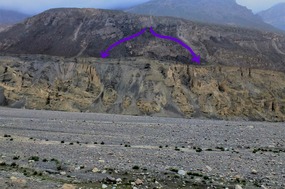
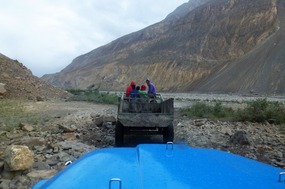
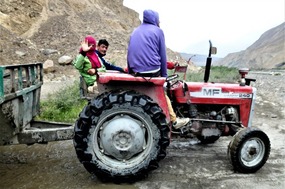
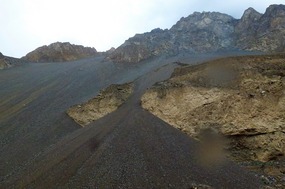
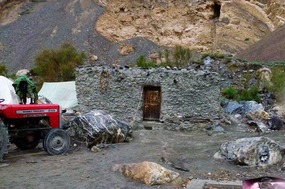
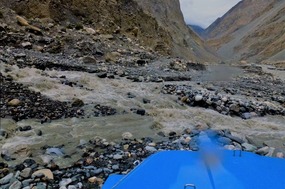

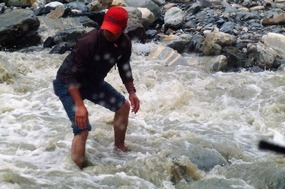
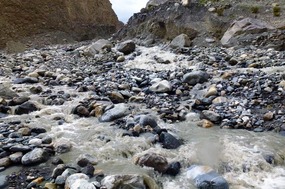
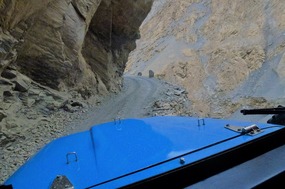
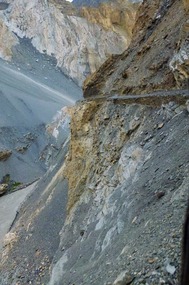
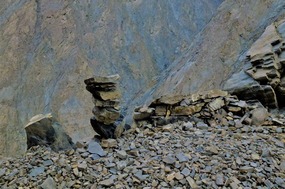
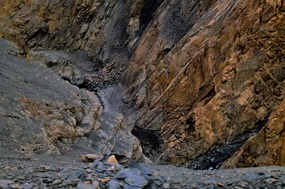
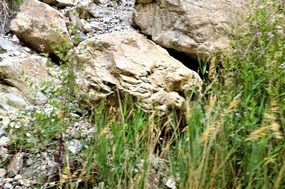
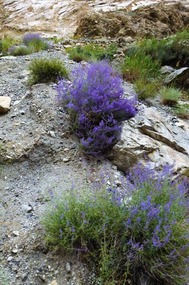
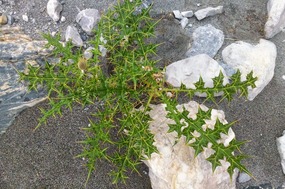
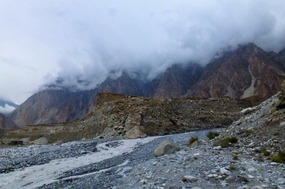
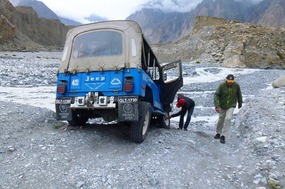
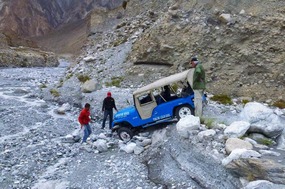
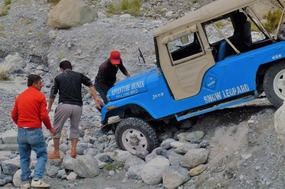
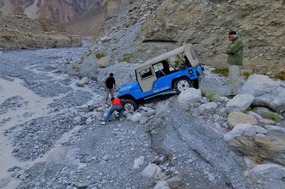
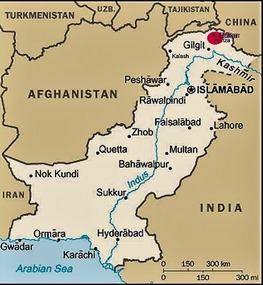
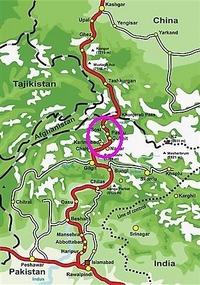
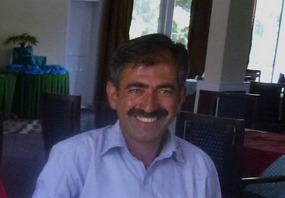
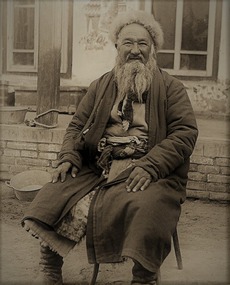
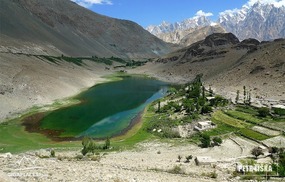
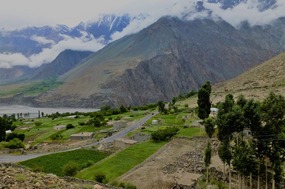
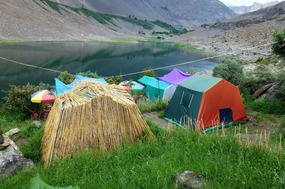

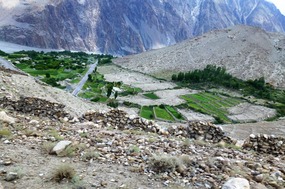
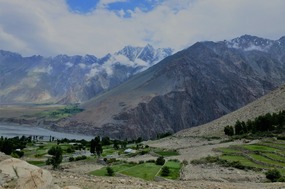
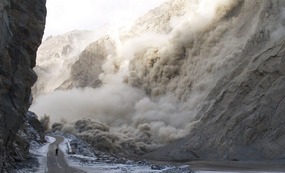
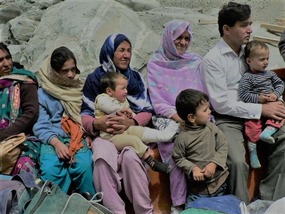
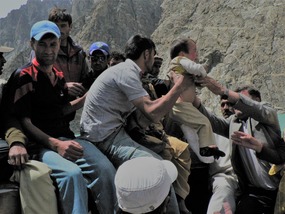
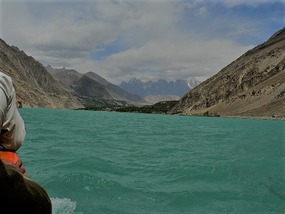

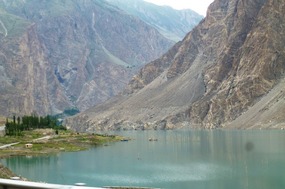

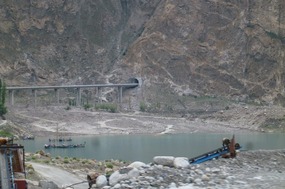
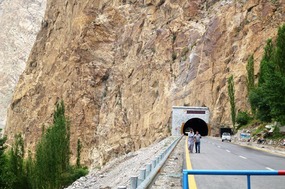
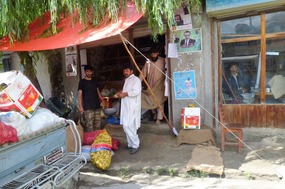
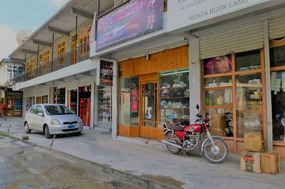
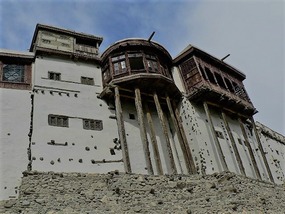
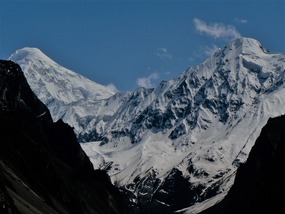
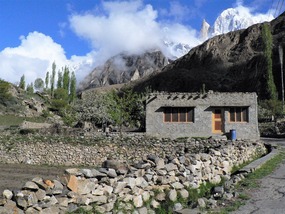

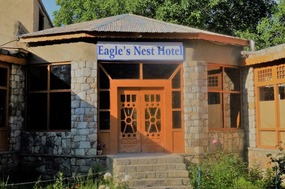
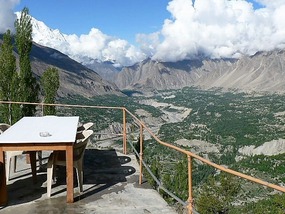
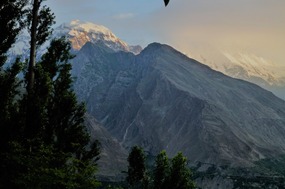



2025-05-23